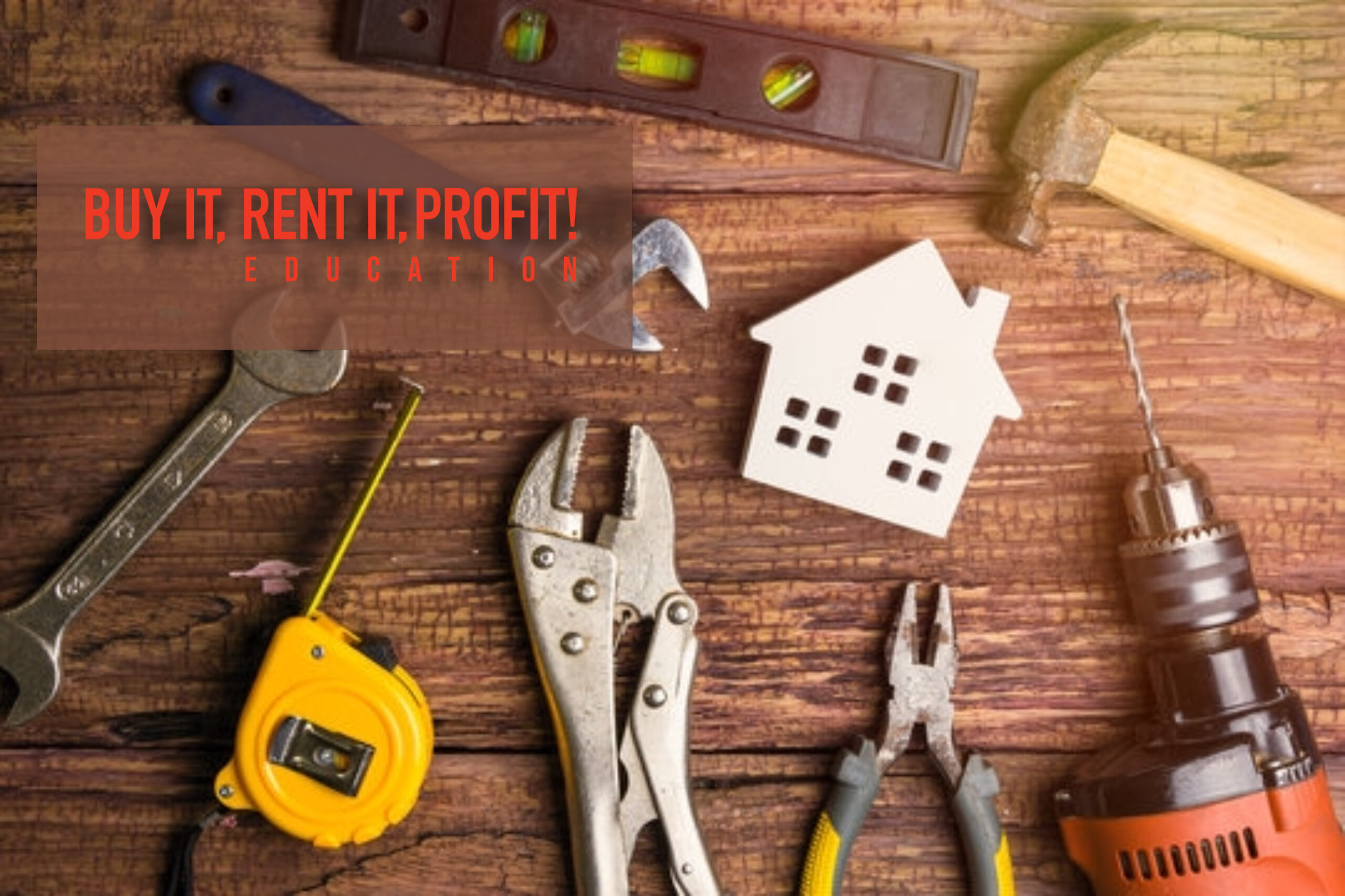Maximizing Property Value with Proactive Maintenance: A Guide for Small to Midsize Property Management
Preventive maintenance (PM) is more than a buzzword in the property management industry; it’s a strategic approach that can save small to midsize apartment owners and property management companies significant amounts of money, while also enhancing tenant satisfaction and extending the lifespan of property assets. Here’s how PM can be effectively implemented within the specific context of single-family rentals and smaller residential portfolios.
The Importance of Preventive Maintenance
On the surface, preventive maintenance involves routine checks and the timely repair of property equipment to prevent the sudden failure of key systems. While these activities do incur costs, the long-term savings and benefits typically outweigh these initial investments. Effective PM can lead to better energy efficiency, lower energy costs, reduced repair costs, longer equipment life expectancy, and heightened occupant satisfaction—tenants appreciate a responsive management team that ensures everything in their home works as it should.
Tailoring PM to Small and Midsize Operations
For small to midsize operators, where resources may be more limited, implementing a scalable PM program is crucial. Here’s how to make it work:
- Start with a PM Checklist: Create a comprehensive list of property components requiring regular maintenance—HVAC systems, plumbing, electrical systems, roofs, and even appliances like dishwashers and washing machines. Don’t forget to include items specific to single-family rentals, such as landscaping and exterior upkeep.
- Use Technology: Leverage property management software to schedule, track, and manage preventive maintenance tasks. This technology can help you keep tabs on maintenance intervals, manage work orders efficiently, and store records of all PM activities for future reference.
- Educate Your Team: Ensure that all team members understand the importance of PM and how to execute tasks properly. Regular training sessions can be invaluable, particularly when introducing new equipment or updating PM protocols.
- Budget Smartly: Allocate funds for PM based on historical data, a percentage of your gross rental income, or a dollar-per-unit model. This ensures that maintenance budgets are realistic and grounded in actual operational needs.
- Plan for the Long Term: Regularly review and adjust your PM strategy based on what’s working and what isn’t. This includes assessing the ROI of your PM efforts by tracking reductions in emergency repair costs and improvements in tenant satisfaction.
- Engage with Tenants: Encourage tenants to report problems as soon as they arise. Early detection can lead to quick fixes that prevent more serious issues and costly repairs later. Make the reporting process simple and fast through online portals or mobile apps.
Access Tools and Resources
Find all the tools and resources you need to develop and maintain an effective PM program in the “My Workstation” section of our membership platform, Buy It, Rent It, Profit Education™. Visit BRPedu.com to access a curated selection of PM resources designed specifically for property managers and residential rental owners. Whether you’re looking for checklists, software recommendations, or comprehensive guides, everything you need to streamline your maintenance procedures is just a click away.
The Bottom Line Benefits
Implementing a robust PM program can transform how small to midsize property management companies operate, making them more efficient and proactive. The benefits include:
- Cost Savings: Prevent expensive breakdowns and extend the life of property components.
- Enhanced Tenant Retention: A well-maintained property boosts tenant satisfaction and renewal rates.
- Operational Efficiency: Reduce the time spent on emergency repairs and allow your team to focus on other aspects of property management.
- Improved Property Value: Regular upkeep helps maintain and even increase property value over time.
Conclusion
While the startup and ongoing costs of a preventive maintenance program can be daunting, particularly for smaller operators, the potential return on investment makes it a worthwhile strategy. With the right approach and tools, property managers and owners can not only save on costs but also enhance their community’s reputation and operational efficiency. By integrating preventive maintenance into your management practices, you’re not just fixing machines; you’re building a foundation for long-term success in the rental housing market.
Visit BRPedu.com today and discover how our membership platform can support your property management needs with dedicated resources and tools available in “My Workstation.”




